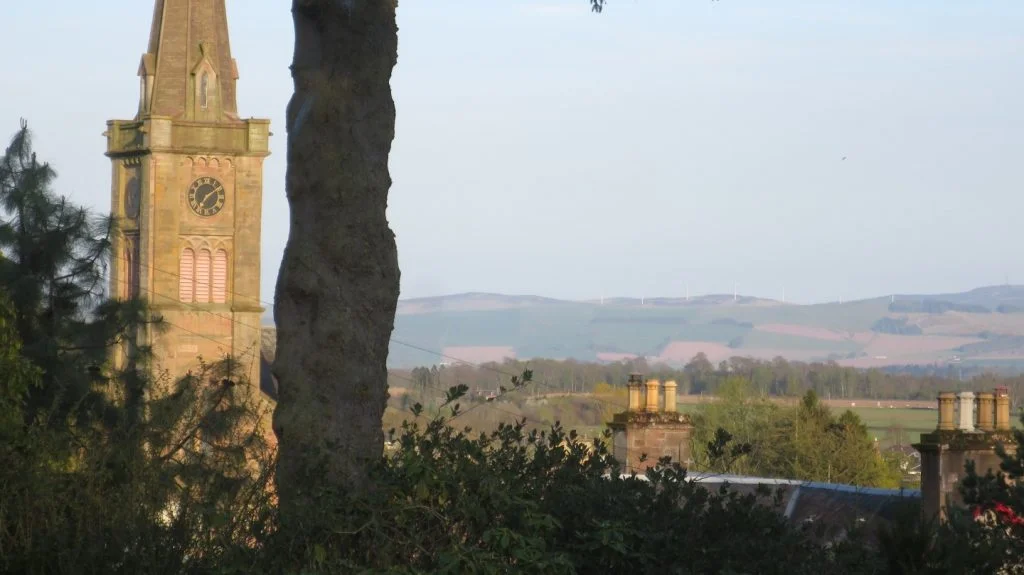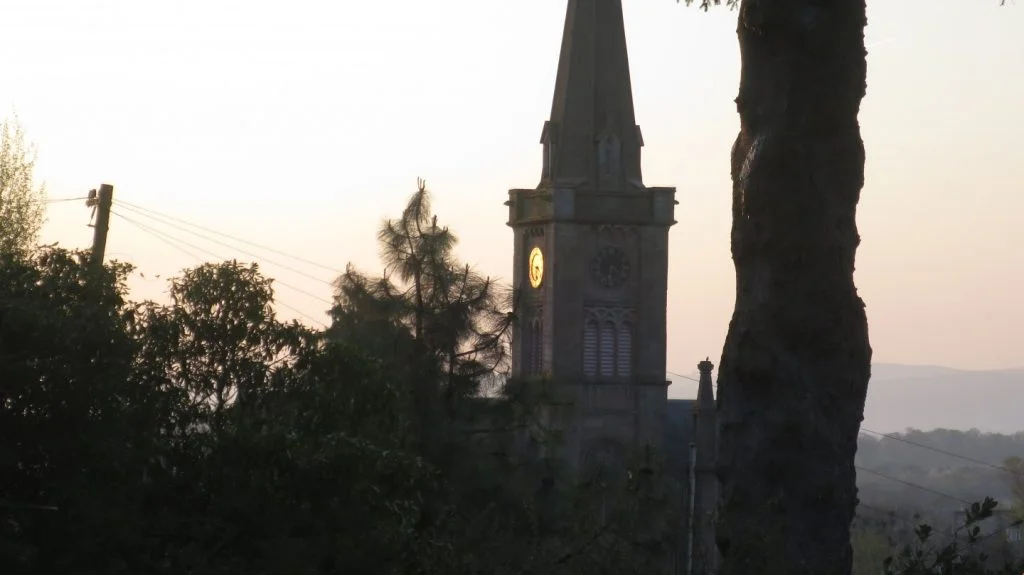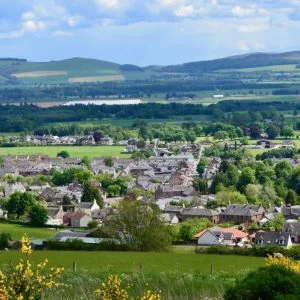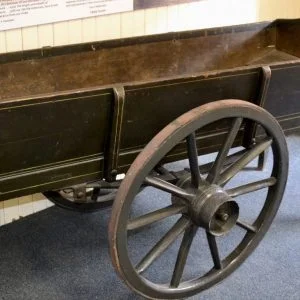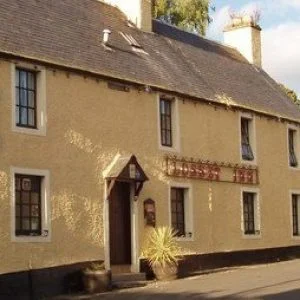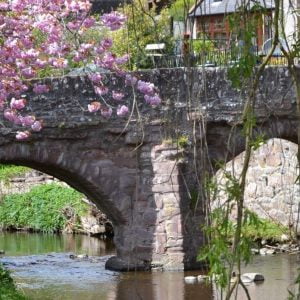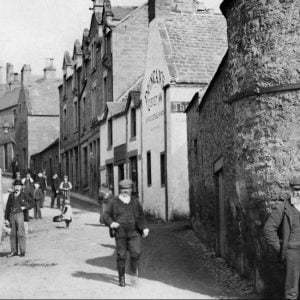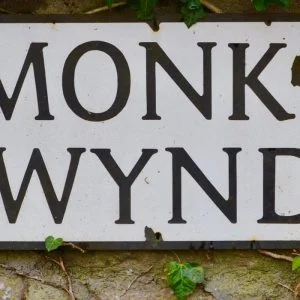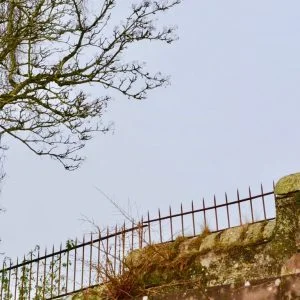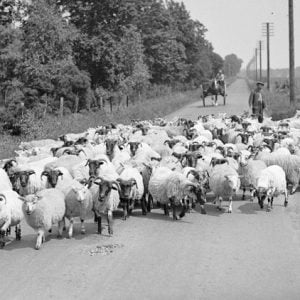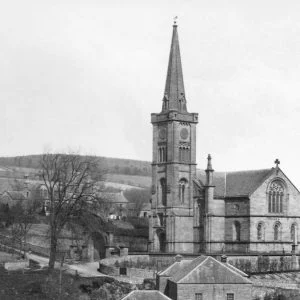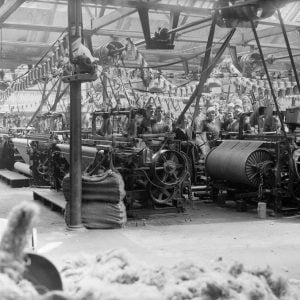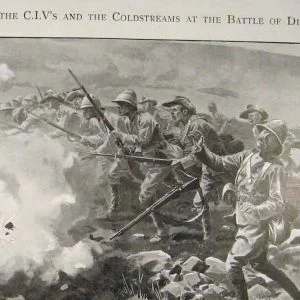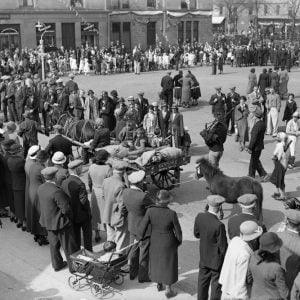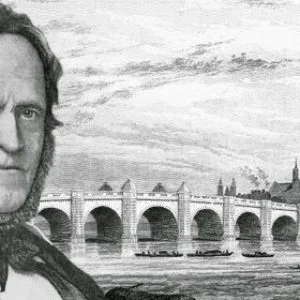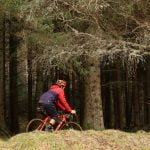
Summary
A traditional market town with a history stretching back 1,000 years.
Alyth, most probably from the Gaelic ‘aileach’ meaning ‘rocky place’, is a small town situated on the southern edge of the Cateran Ecomuseum.
This itinerary, which will take you around 1.5 hours to walk, has been designed to reveal the most interesting and intriguing aspects of its long history and some of the background to notable characters who called it their home.
Scottish Outdoor Access Code: Know the code before you go
You can download our booklet, From Deep Time To Our Time, Walking Across The Cateran Ecomuseum here.
Please use the arrows on left/right side to go to previous/next route
Route Stats
Total Distance: 3.8 km
Total Ascent: 30 m
Terrain: Flat, mostly on roads/pavements
Route Category: Easy
Walking Time: 1 - 2 hrs
Start/Finish: Alyth Market Square
OS Grid Ref: NO 24612 48519
Nearest Parking: At the start
Key Facilities on Route: Alyth (accommodation, shops, restaurants, cafes)
OS Landranger Map: 53 (or custom Cateran Ecomuseum map)
For information on local accommodation & services click here
Please click on images to open slideshow, esc to close.
Photographs: Markus Stitz
Route Description
Start at Alyth Market Square and follow Commercial Street passing the Alyth Hotel and Alyth Museum. Alyth Hotel is where James Sandy was born and went on to become known as ‘the Alyth Genius’ for his remarkable creativity and ingenuity. The route follows Toutie Street, passing the Lossett Inn, one of Scotland’s oldest inns. At the top of the road to your right is a monument from Alyth’s ancient trading history - Market Cross. Turn left into Strathmore Terrace, where you can visit Alyth Arches, the site of Alyth’s oldest Christian church. Head up Bamff Wynd past the site of Wool Market, where livestock fairs were held. Turn left back onto Strathmore Terrace, and take a small path to the right to Alyth Parish Church. Pass the church and take a left onto Kirk Brae, and then another left onto Bamff Road. Take the next left past Monks Wynd onto Chapel Street, then turning right over the Pack Bridge - one of the oldest masonry bridges in Scotland to the site of former linen mills. Follow the Alyth Burn south and take a right to Barrel Wynd, and a left onto Bamff Road, passing the Boer War Memorial. Follow Albert Street and take the next left, then a right onto St Ninians Road. Pass the childhood home of one of the most influential foreigners working in China in the early 20th century, Sir Francis Aglen, and head back to the start on Airlie Street and David Street and along a small path along the river.
Find out more about some of the key Points of Interest below.
Points to visit
Along the way you will find these points of interest:

Alyth Auld Town
A traditional Scottish Market Town whose history stretches back 1,000 years. Alyth is a small town, a little over half an hour’s drive northeast of Perth and northwest of Dundee. It overlooks the broad expanse of Strathmore close to Perthshire’s...
Read more - "Alyth Auld Town"
James Sandy
Inventor of the Invisible Hinge. James Sandy was born in Alyth in about 1766 and lived in what is now the Alyth Hotel. Crippled in both legs as a result of two separate accidents, he nevertheless went on to become known as ‘the Alyth Genius’ for...
Read more - "James Sandy"
Alyth Museum
The only museum outside Perth City in Perth and Kinross. Open seasonally from May to September, the museum is now the information hub for the Cateran Ecomuseum. Prior to 2022, the displays focused on the area’s rich farming heritage. Upstairs you...
Read more - "Alyth Museum"
Lossett Inn
One of Scotland’s oldest Inns. A listed building, the Lossett Inn or Creel has been a Drover’s Inn since 1760. At that time, Alyth was larger than Blairgowrie and had nine fairs a year, many more than most market towns, so the Lossett would...
Read more - "Lossett Inn"
Pack Bridge
One of the oldest masonry bridges in Scotland. Alyth’s Pack Bridge (intended to carry packhorses loaded with sidebags or panniers across the burn) is one of the oldest masonry bridges in Scotland and is shown on maps as far back as 1600. Reputedly...
Read more - "Pack Bridge"
Toutie Street
A permanent reminder of a bygone custom. This street name immortalises the bygone custom of the herdsman tooting his horn, alerting the townsfolk to bring out their beasts to be herded up Alyth Hill. The deeds of over 200 properties in the old town...
Read more - "Toutie Street"
Monks Wynd
An ancient path. The first missionaries who came to found the church in Alyth were monks from the early Celtic Church. A reminder of these men remains in Alyth today in the name ‘Monks Wynd’, a short path which can be found leading from Chapel...
Read more - "Monks Wynd"
Market Cross
A monument from Alyth’s ancient trading history. The erection of a Market Cross or ‘Mercat Cross’ in Scotland served as a symbolic representation of the right to hold a regular market or fair. This right was granted to settlements awarded...
Read more - "Market Cross"
Alyth Arches
The Site of Alyth’s Oldest Christian Church. From the south side of the Market Cross, a gateway leads to the ‘Auld Kirk Yaird’. Here you can see three imposing old stone arches which formed part of the old parish church. It was abandoned in...
Read more - "Alyth Arches"
Wool Market
At the top of the town, where several drove roads converge, lies the old Woolmarket, the street sign still bearing this name. Livestock fairs took place here and in the vicinity of West Quarter Farm and surrounding lanes. In the Woolmarket, as in...
Read more - "Wool Market"
Alyth Parish Church
Designed in Romanesque style by Thomas Hamilton. Situated in a prominent position overlooking the town, Alyth Parish Church was completed in 1839 to a design by Thomas Hamilton, an Edinburgh architect who designed many of that city’s prominent...
Read more - "Alyth Parish Church"
Textile Mills
Site of former textile mill. In the 18thcentury Alyth became heavily involved in flax processing for the linen textile industry, and spinning and especially hand-loom weaving dominated local employment. Increasing quantities of factory-spun yarn was...
Read more - "Textile Mills"
Boer War Memorial
This memorial commemorates a major landowner and the sons of two others from the Alyth area who gave their lives in the Anglo-Boer War of 1899-1902. This memorial was erected in memory of Lieut.-Colonel Lord Airlie (the Earl of Airlie), Lieut. Nigel...
Read more - "Boer War Memorial"
Market Square
The centre of the town today. The ancient town of Alyth had been situated on the south facing slopes of the hill, but by the middle of the 19thcentury planned development had commenced on the south side of the burn. This included the current Market...
Read more - "Market Square"
William Lyon Mackenzie
One of the most famous figures in Canadian history. William Lyon Mackenzie (1795-1861), an important figure in Canadian history, lived and worked here on Toutie Street in Alyth from 1814 to 1817. He then emigrated to Canada where he became a...
Read more - "William Lyon Mackenzie"
Sir Francis Aglen
The childhood home of one of the most influential foreigners working in China in the early 2oth century. Sir Francis Aglen (1869-1932) was head of the Chinese Maritime Customs service from 1911 to 1927, one of the most important posts in the...
Read more - "Sir Francis Aglen"

